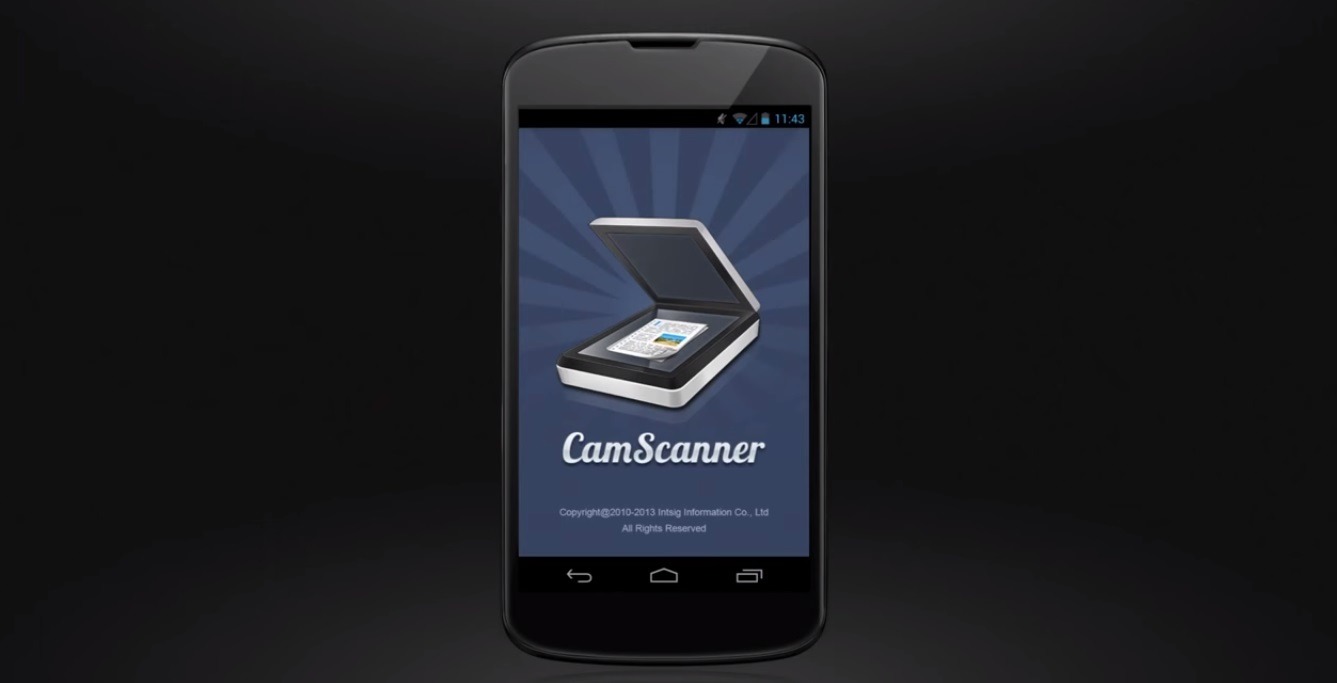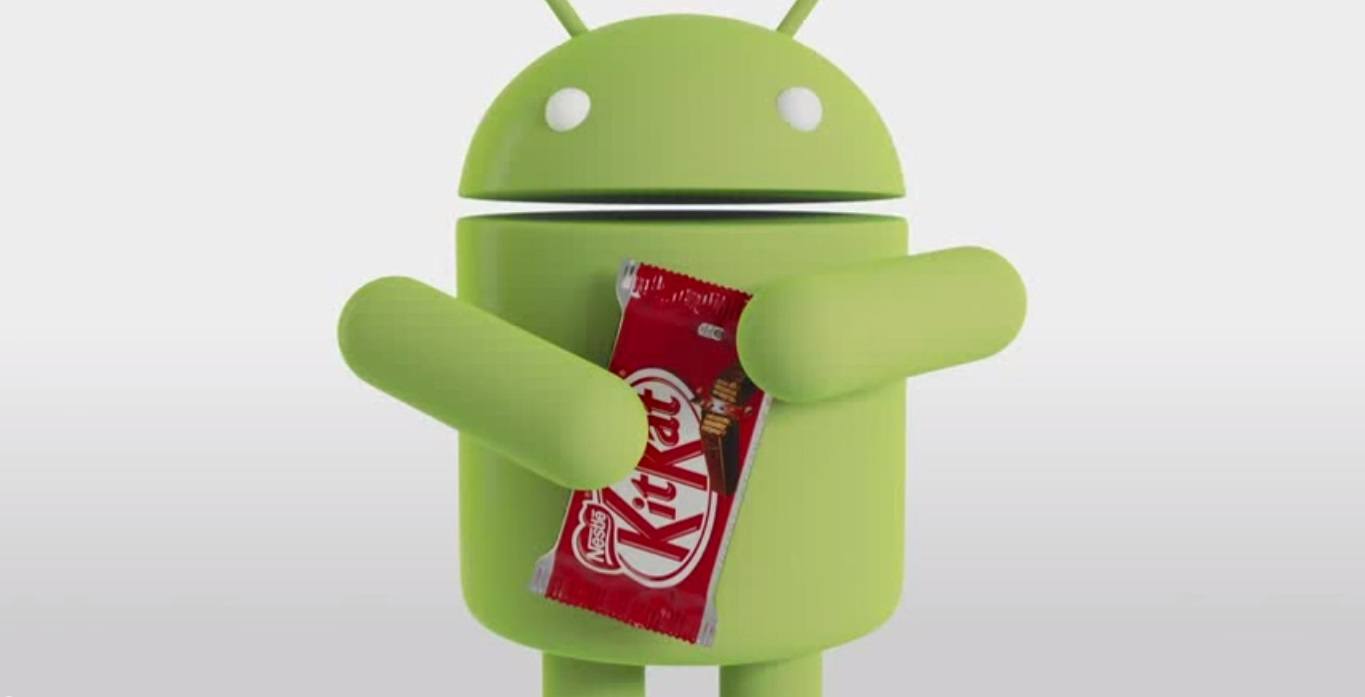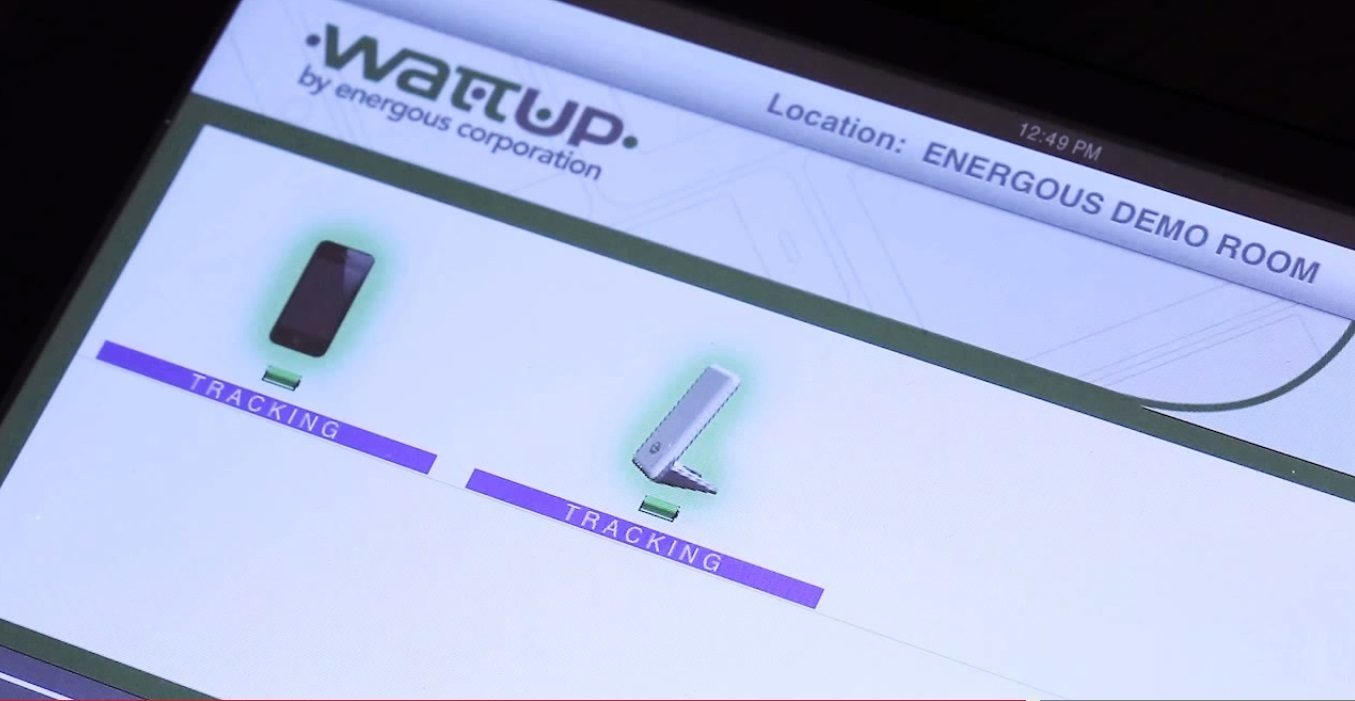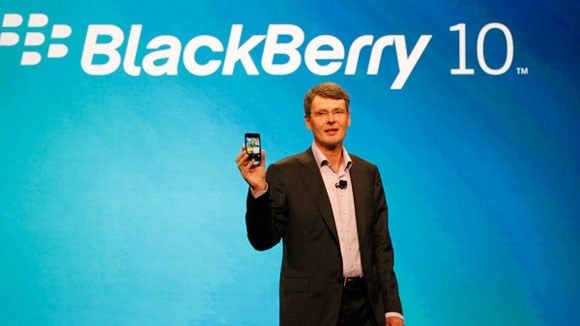Despite what anyone thinks, you should take a few moments to better understand what RIM ( Research In Motion ) or BlackBerry is doing. They are being innovative for a change. Granted, BlackBerry was the first “Real” e-mail device that was on track to end up in every “hand.” Up until the iPhone, they were an industry leader in this department. Since then, Apple and Android are clearly the bread winners due to it’s reliable and intuitive interfaces and for successfully putting the “touch” into touch interfaces.
I am, have, and always will be a big fan of UNIX based operating systems. Why? Well, it’s developer base is huge and is built on open source. Open source, and UNIX based software teams are much larger combined than most companies could technically afford to ever compete with. What does this mean? Well, an Army of UNIX community driven developers exist that can’t be bought. While their are some holes to that theory, it is better understood that any Unix based operating system has the potential to receive a lot more attention for support, security, flexibility, and growth because it is open source in nature. Want proof? Look at what Apple has done. Mac OS X is natively built on UNIX, and tweaked beyond belief to be what we know it as today. I couldn’t put my finger on what percentage of the OS isn’t made by Apple vs what actually comes out of Cupertino, but it’s a noteworthy “figure”.
RIM, in 2010 acquired QNX and get’s our kudos for doing so. QNX is a UNIX microkernel-based OS that is set out to run differently than a traditional OS, and it’s done by running “mini-servers” that can be controlled just like turning off a light with a single switch. It’s able to run in any embedded form, and is very universally supported across multiple CPU type architectures. Being that it’s universal on the architecture, means that there is finally a way to create unity between devices. We might soon see our toasters talking to our iPhones to check and see if your morning alarm is different on Friday, vs. Saturday so it can cook up the pre-installed bread right on time. I like to sleep in if I can, but I still want breakfast not long after rolling out of bed.
Anyhow, all of this is very important to note because it allows not only the ability to maintain communication across more devices now, and in the future but because of the low stress it puts on any hardware it will be extremely power efficient. QNX is already embedded in systems all over the world, and as quoted from the QNX site below it’s apparent that it is tried and true.
Performance-proven in millions of mission-critical systems, the QNX® Neutrino® RTOS brings a potent mix of speed, reliability, and flexibility to the new BlackBerry® Tablet OS from RIM.
So let’s expand further on how this helps the BlackBerry world.
RIM is on track to release it’s BlackBerry 10 OS soon, and the SDK is already available to give developers a head start. The OS is packing the QNX platform and graciously layered on top is the WebWorks runtime library. BlackBerry now has a worldwide Army in the palm of your hand and because it’s QNX, it takes the “Bloat” out of “Bloatware.” Technically, that’s just an expression, as the bloatware isn’t at the operating system level, it’s the junk that is stacked on top. If everything in the BlackBerry OS hops on the QNX train methodology, then we can expect to be able to fully customize the device to your own liking, and disabling or removing what you want and when you want. How? Well if the above didn’t answer that for you already, then read further.
True web based native app support with HTML5. Enough said ? Oh, and on another note, the UI design has a lot of resemblance from the “best of” WebOS, Windows Mobile, and Apple with plenty of RIM’s own creative ability thrown into the mix. Maybe RIM decided to take a step back and let others make the mistakes with the not yet attempted, before jumping in.
In addition to this Bold Move, ( No no the BlackBerry Bold ) , when we say it has potential it truly does. As mentioned earlier, we know that this type of platform has had success in this day and time. For those who haven’t based the platform on UNIX, we’ve seen epic fails. Once example is the Nokia Symbian OS, which has been entirely been put to rest and is now in bed with Microsoft. Well, we wish you luck Nokia on that venture, because you are going to need it.
Despite the low desire to build APPS for the BlackBerry OS ( Less than 17% of developers ) , a new window of opportunity will arise. Who care’s if it’s 1% or 17% , more market share is more market share right? If you’ve already developed an APP for another device, porting it to the BlackBerry OS will be, a whole lot easier. If you are interested in expanding your project in other markets for any of the app’s you’ve created for iOS, or Android, then take a look at the BlackBerry 10 SDK.
I am putting some huge bets on RIM, but that does not mean I expect them to come out ahead now, or ever. However, it does mean they are being innovative again, maybe RIM put the research back into motion? ( I couldn’t help myself there. ) I am confident that RIM’s move in these directions, will set some new standards and will eventually rub off onto Apple and Microsoft.
As I was saying it’s not guaranteed to trump the mobile device market, but it’s a big leg up and “the sky is the limit” for 3rd party applications, or developers which the QNX/WebWorks/BlackBerry 10 OS sandwich is open to; way’s to achieve more possibilities that Apple and Microsoft have both road blocked.
Once we get some time in with the BB10 OS Beta, we will update further.































